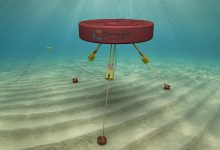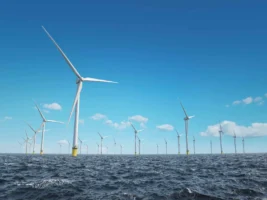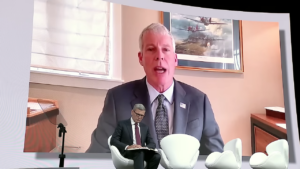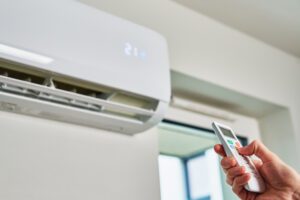The wave power generation technology of Australia’s Carnegie Clean Energy will move to the next phase of a competitive funding program in Europe, after making “substantial progress” during phase one tank testing in Spain.
Carnegie says its wholly owned subsidiary CETO Wave Energy Ireland has secured a new contract for Phase 2 of the EuropeWave Pre-Commercial Procurement (PCP) program, which will include wave tank testing, power take off component testing, and other commercialisation activities.
CETO Wave Energy Ireland moves forward with four other companies, out of an initial seven chosen for Phase 1 of the €20 million EuropeWave PCP, a program designed to advance promising wave energy converter systems to commercialisation and stimulate private investment.
At the end of Phase 2, the group will be whittled down again to three to continue to the final phase, which will include deployment in open sea conditions at the Biscay Marine Energy Platform (BiMEP) in the Basque Country or the European Marine Energy Centre (EMEC) in Scotland.
Carnegie says its selection for Phase 2 shows the potential for the CETO technology to be a frontrunner in the European wave energy space.
It says the technology got good feedback on areas like its techno-economic optimisation, advanced control, levelised cost of energy (LCOE) modelling and forecasts, and a strong and capable project team.
“Being selected to continue into Phase 2 of the program is a huge endorsement of the applicability of the CETO technology and validates our commercialisation pathway,” said Carnegie CEO Jonathan Fiévez on Friday.
“This has been an incredible journey. Our fantastic team and consortium of partners have worked relentlessly to complete CETO’s design and tank testing campaign and test the technology’s performance in the European wave conditions.
“A number of significant improvements were made in optimising CETO’s performance and cost of energy during Phase 1, which will help in the next stage,” Fiévez said.
“Interest is building and it is only a matter of time for wave energy to become a key component in the renewable energy mix.
“We have the right technology and established partnerships to accelerate the adoption of the next big source of clean energy.”
Carnegie’s success in Europe will be welcomed by management and shareholders, after a choppy time in Australia with demonstration projects, finances and government support.
The company, which started its life as Carnegie Wave Power, went into voluntary administration in early 2019 after a series of blowouts and losses in former subsidiary microgrid business Energy Made Clean and the last-minute termination of a $16 million project contract in WA.
Carnegie was reinstated to the ASX in October of that same year, with then chairman Terry Stinson conceding the business had come “back from the brink” and learned some “painful but important lessons that are not soon forgotten.”
These days, as well as continuing to work away at commercialising its large-scale CETO wave energy generators, Carnegie is also working on a renewable energy solution for offshore facilities, starting with the moored vessels used in the aquaculture sector.
The MoorPower technology is being tested through a $3.4 million scaled demonstrator project, sited offshore from Carnegie’s Australian headquarters in North Fremantle, Western Australia.
That project is being delivered in collaboration with a consortium of partners including two of Australia’s largest aquaculture companies, Huon Aquaculture and Tassal Group, with $1.35 million in funding from the Tasmania-based Blue Economy Cooperative Research Centre.









